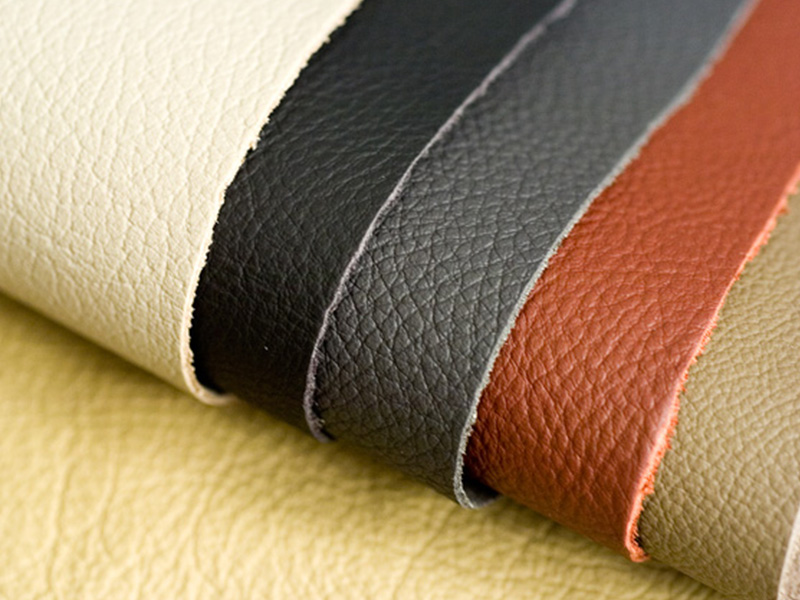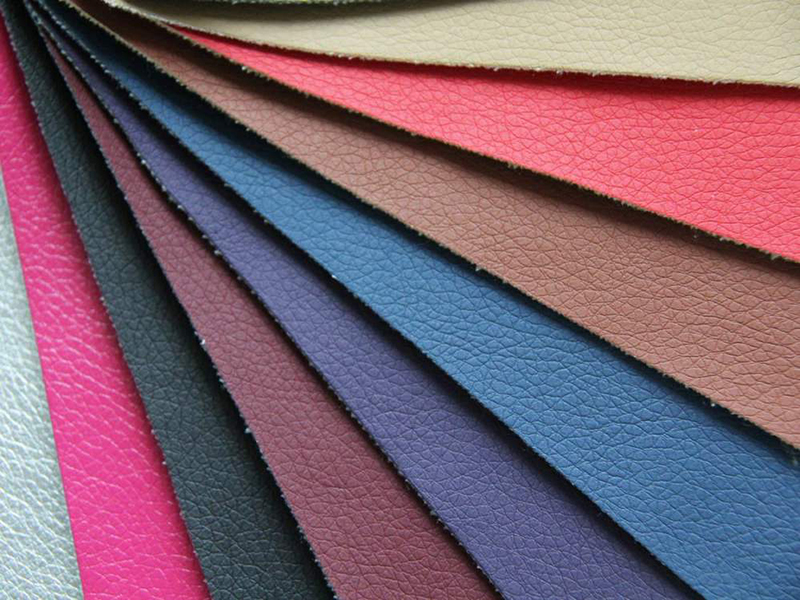When it comes to the production of leather goods, it all starts with the raw material. Raw leather, also known as wet blue leather, is the modern-day foundation for a wide array of leather products. From furniture to belts, shoes to handbags, the quality of raw leather plays a crucial role in determining the final outcome. In this article, we will delve into the details of raw leather material for sale, highlighting its highest quality, as well as its advantages and disadvantages.
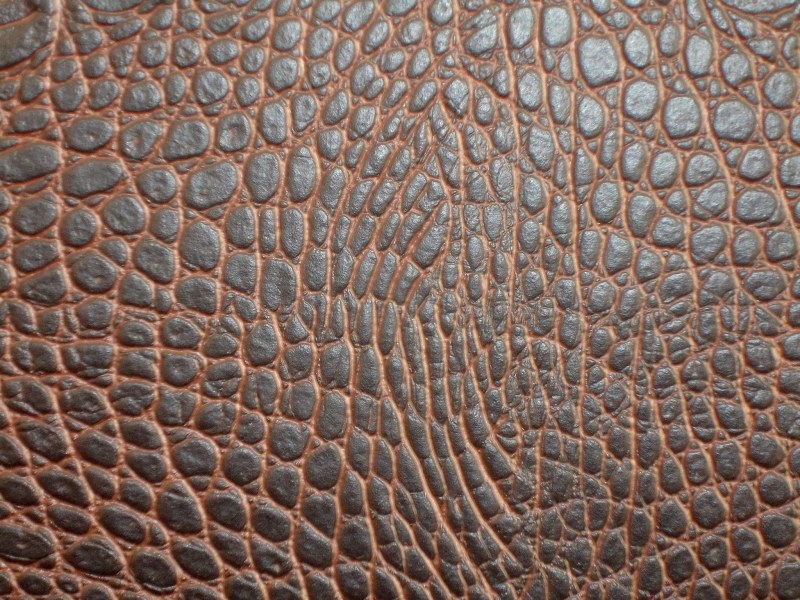
The highest quality of raw leather material for sale is characterized by several key aspects. First and foremost, the selection of the animal hide is of utmost importance. Premium raw leather is typically sourced from animals such as cattle, buffalo, and lamb, where the hide is relatively free from blemishes and defects. The thickness of the hide is also an important criterion, as it determines the durability and strength of the leather.
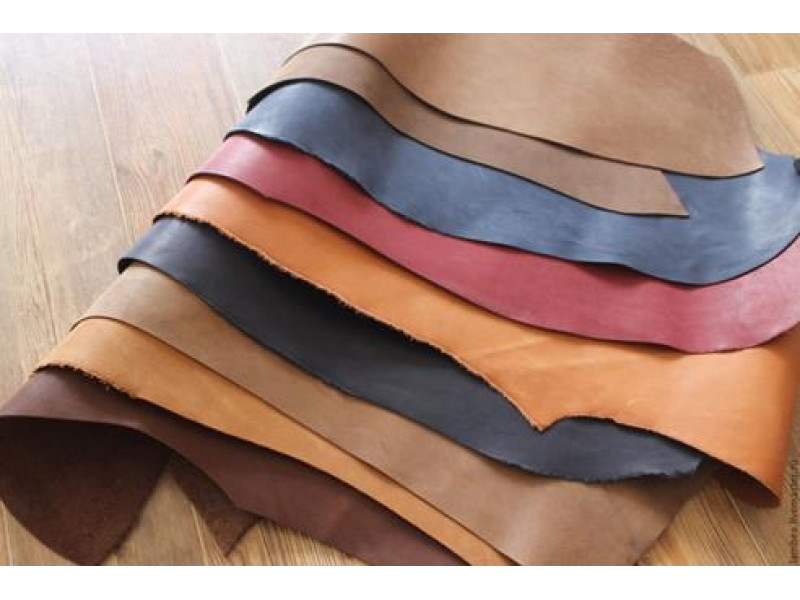
Top-quality raw leather material is carefully tanned and processed to ensure its quality and resilience. The tanning process helps to transform raw hides into a stable material that is resistant to decay and can withstand various conditions. Chrome tanning, vegetable tanning, and synthetic tanning are the most common methods employed to achieve these results. Each method has its own advantages and disadvantages, but the end goal remains the same: to produce high-quality raw leather that is suitable for a variety of uses.
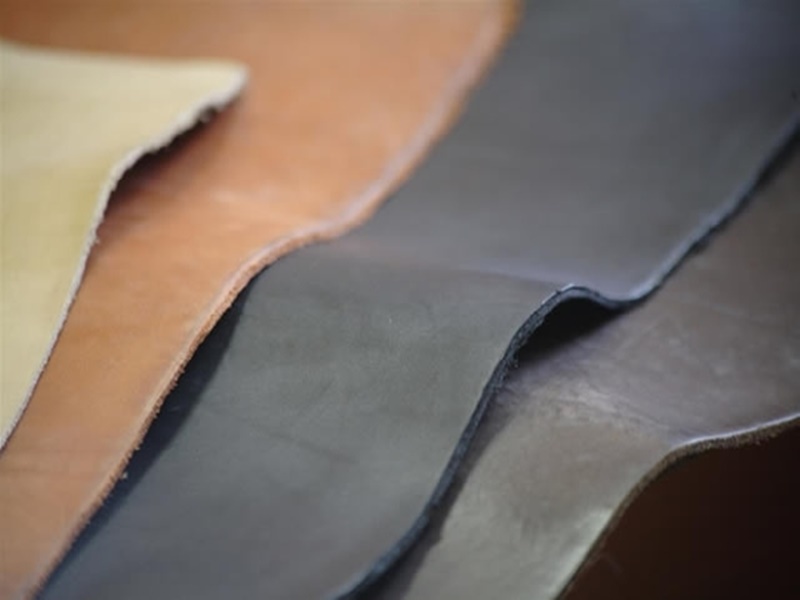
Advantages of raw leather material for sale are abundant. First and foremost, raw leather is incredibly versatile. It can be used to make a wide range of products, from fashion accessories to upholstery. This versatility makes it a popular choice among manufacturers and designers alike. Furthermore, raw leather is renowned for its durability and strength. It can withstand the test of time, making it an ideal material for long-lasting products. Additionally, raw leather has a unique and natural beauty that only improves with age. Each piece of raw leather is distinct, with its own marks and grain patterns, making it a one-of-a-kind material.
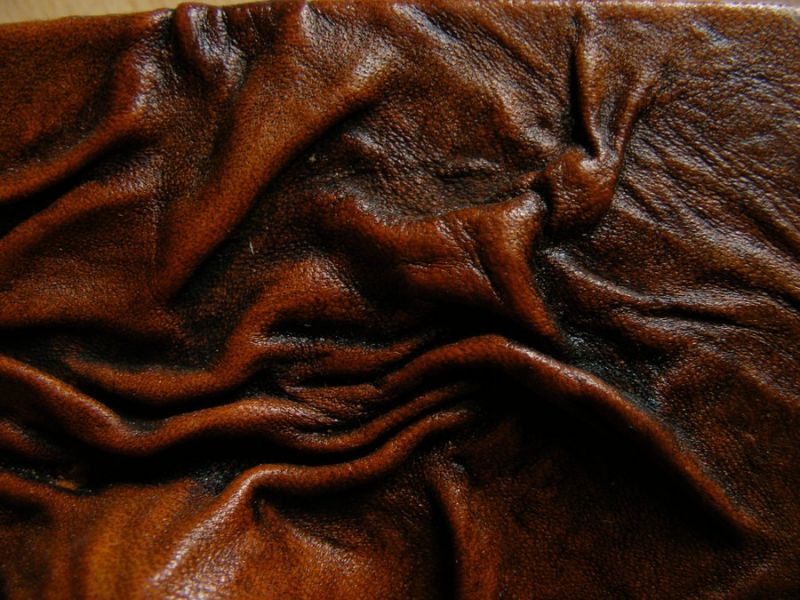
Another advantage of raw leather is its breathability. Unlike synthetic materials, raw leather can absorb moisture, allowing for enhanced comfort when used in products such as shoes or furniture upholstery. This breathability also helps to regulate temperature, ensuring that the wearer or user remains comfortable in various weather conditions. Furthermore, raw leather has an innate ability to adapt and conform to the user’s body. This characteristic makes it ideal for items such as belts, which mold to the wearer’s waist over time, resulting in a comfortable, custom fit.
Despite its numerous advantages, raw leather material for sale also has its fair share of disadvantages. One of the main drawbacks is that raw leather requires proper care and maintenance to retain its quality. Failure to do so can lead to deterioration and damage. Additionally, the production of raw leather involves the use of chemicals and tanning agents, which can have negative environmental effects if not properly managed. However, it is important to note that many manufacturers now prioritize sustainability and employ eco-friendly practices in leather production.
In conclusion, raw leather material for sale is an essential component in the production of leather goods. Its highest quality is determined by factors such as animal selection, tanning methods, and overall durability. The advantages of raw leather, including versatility, durability, and natural beauty, make it an appealing material for a range of products. However, the need for proper care and environmental considerations should not be overlooked. With proper care and sustainability in mind, raw leather continues to be a sought-after material in the world of fashion and design.
